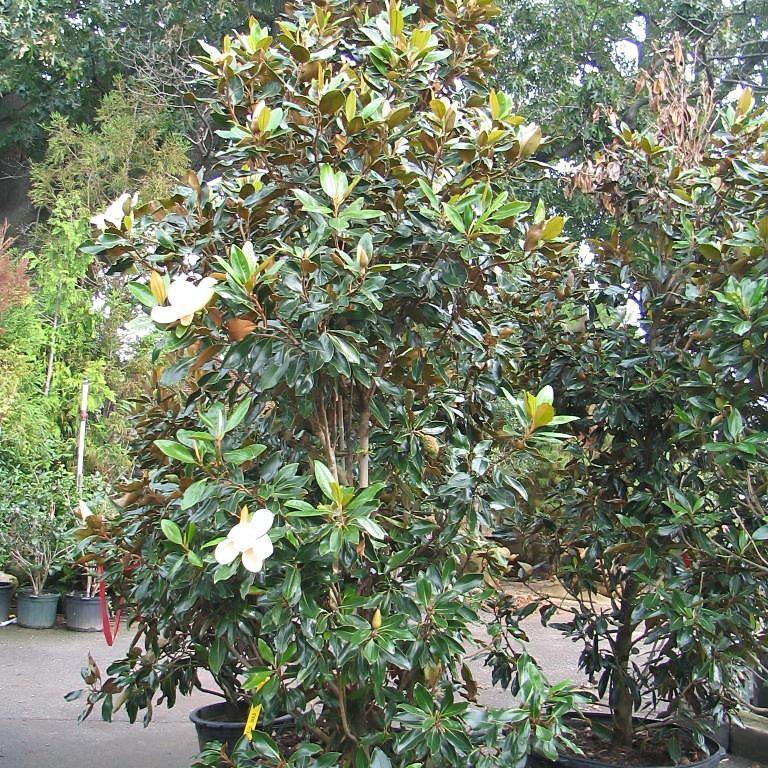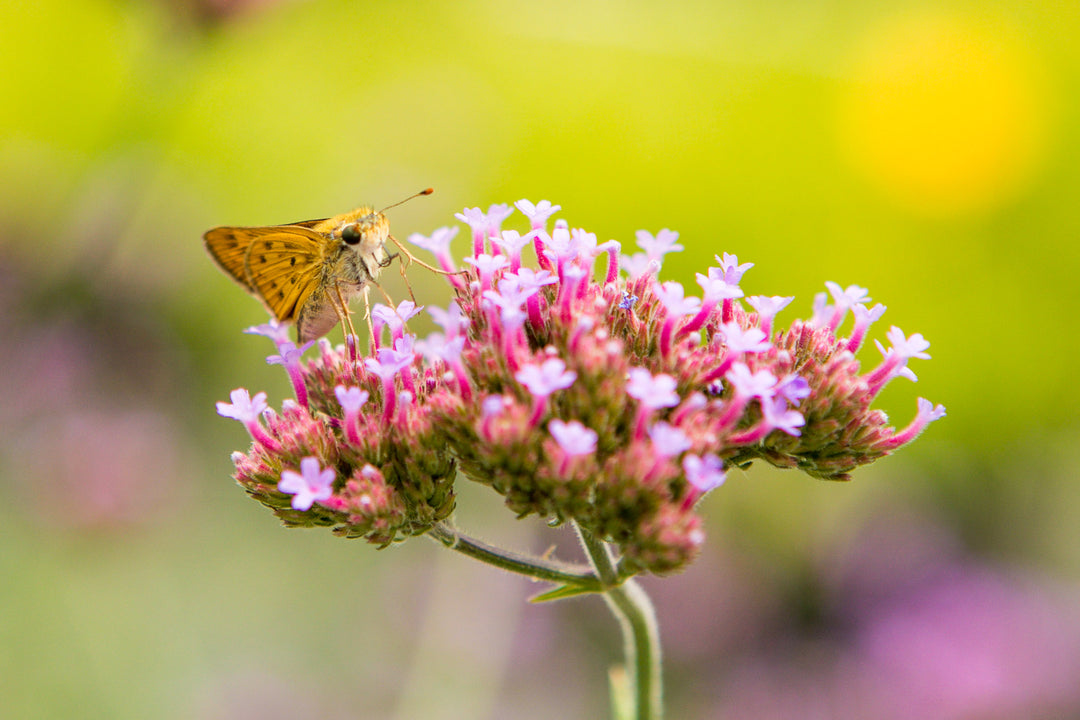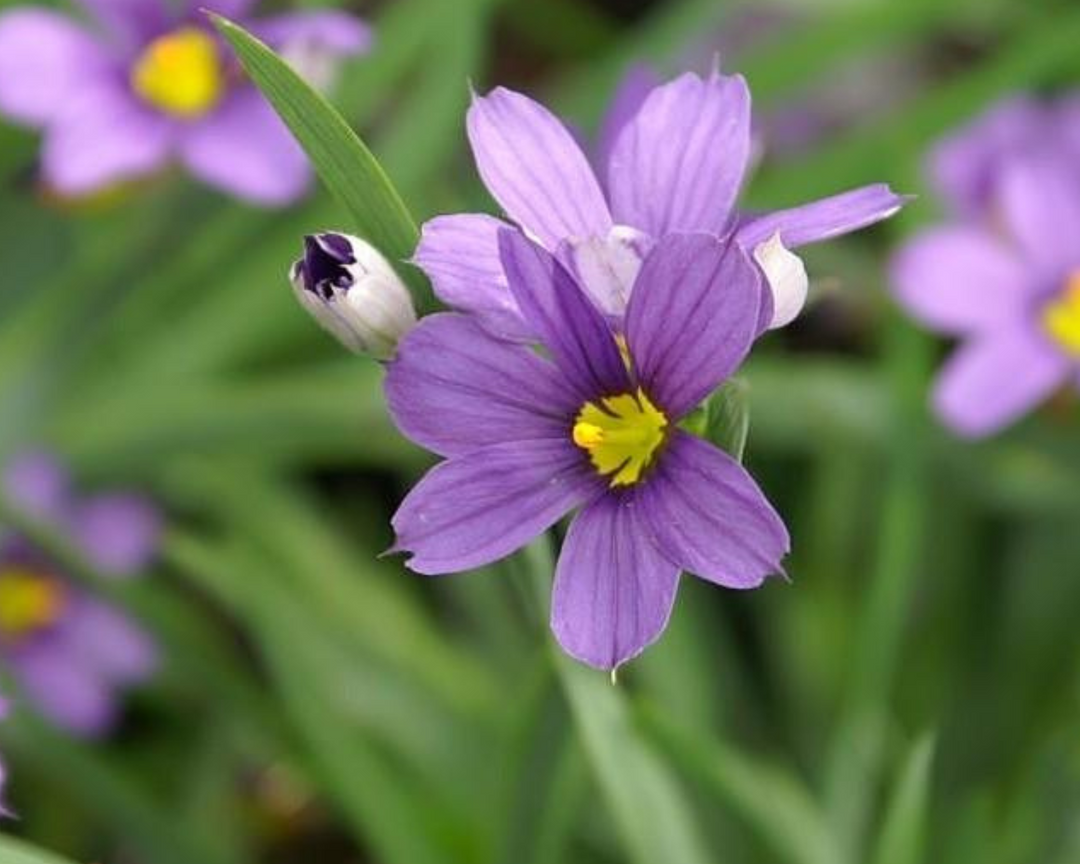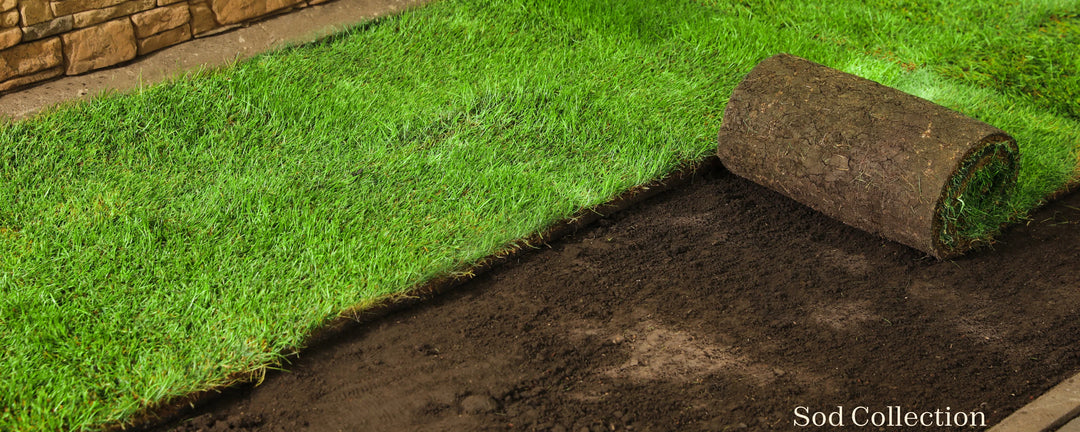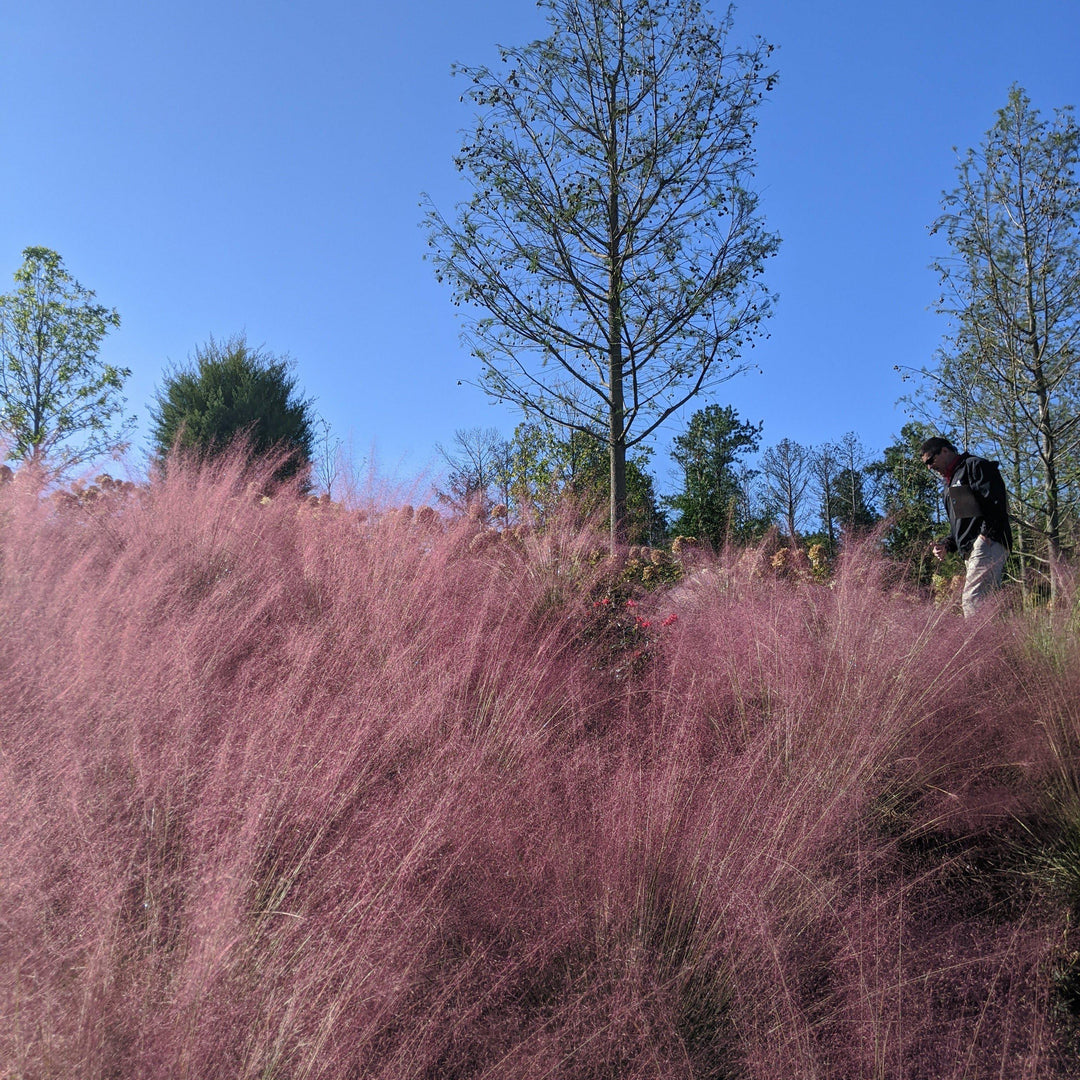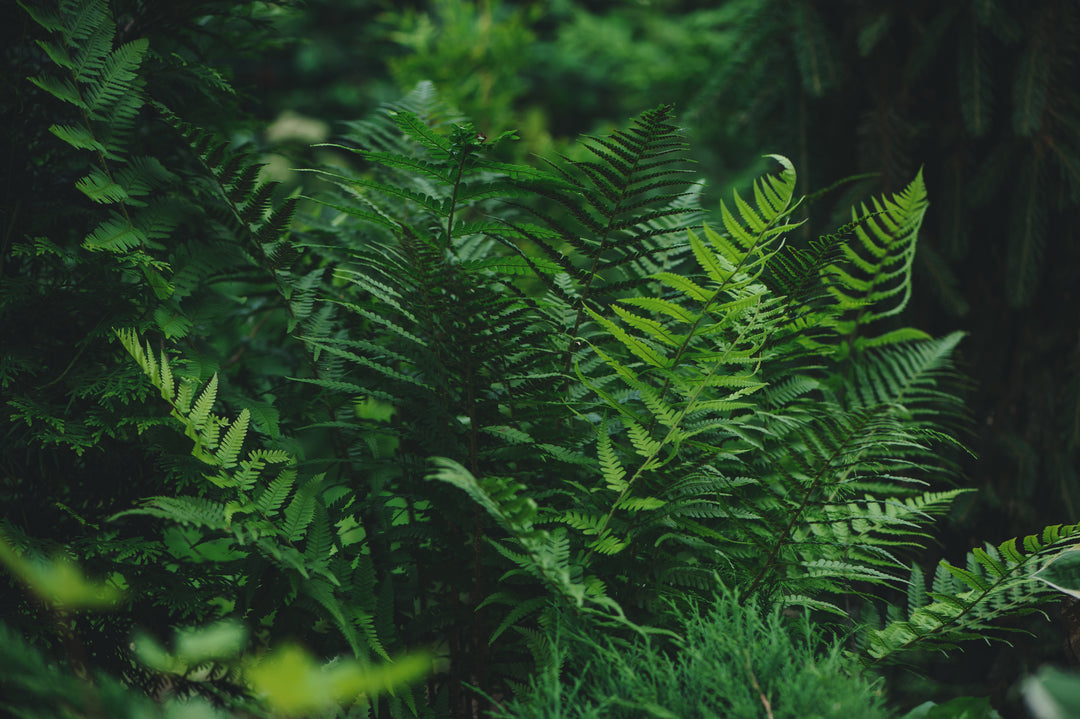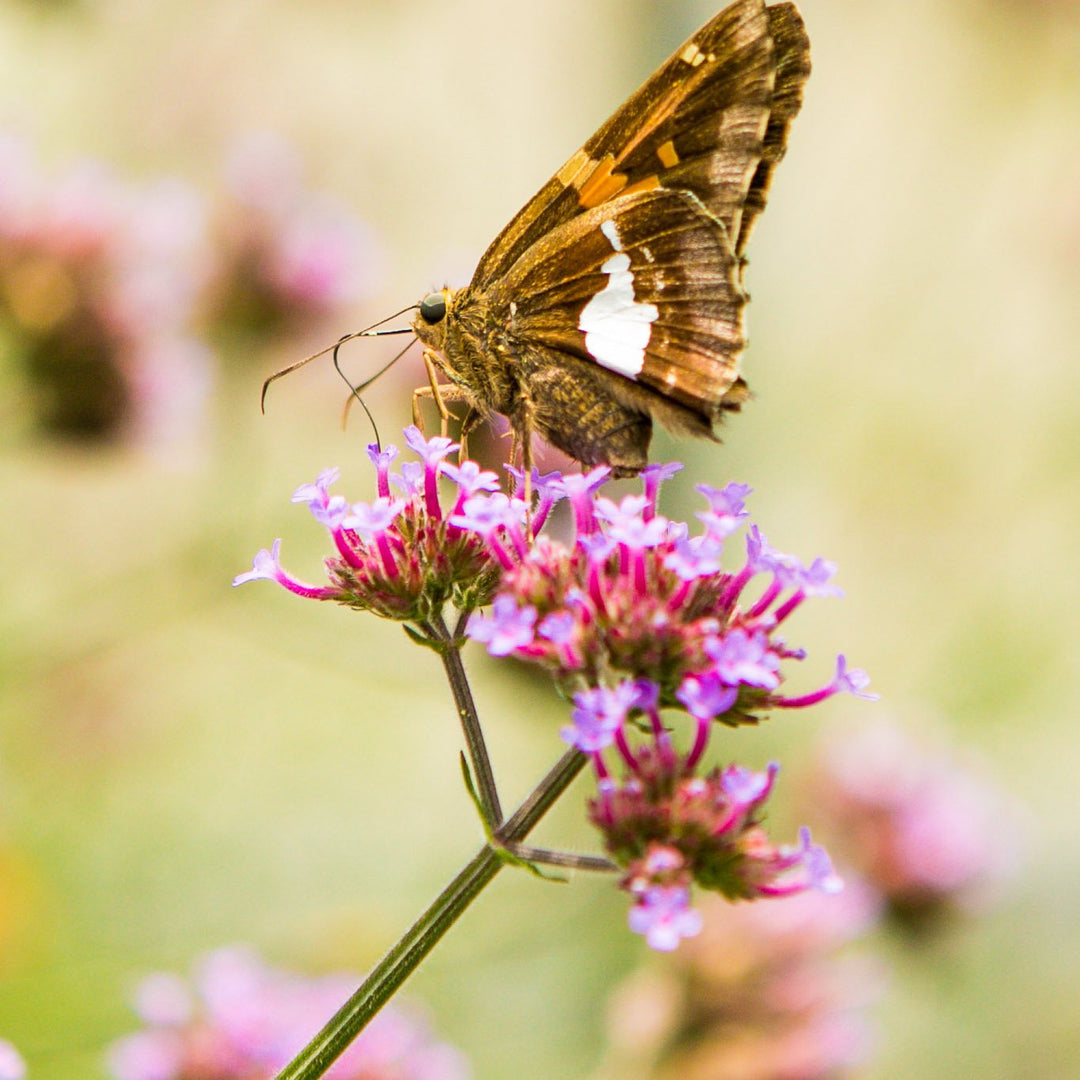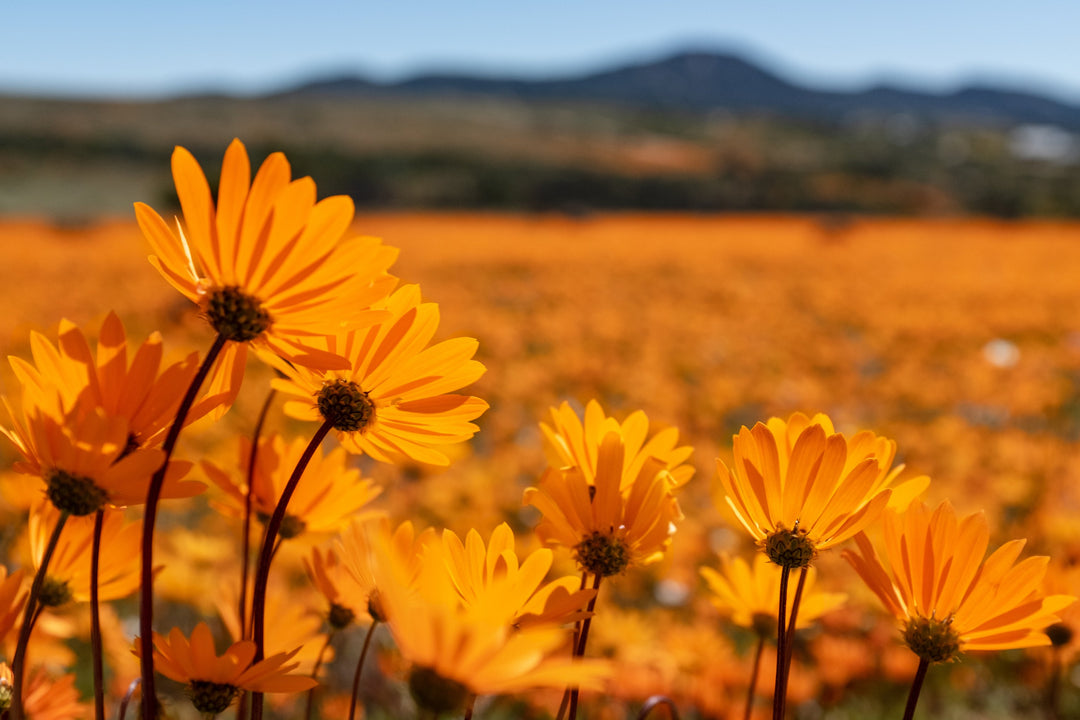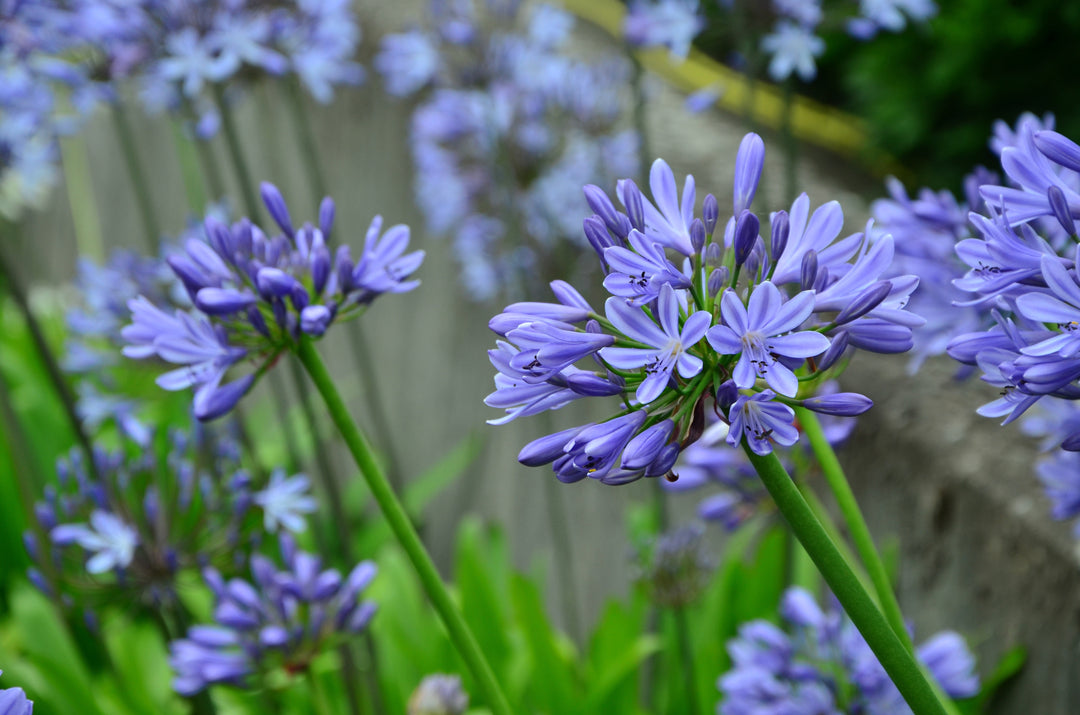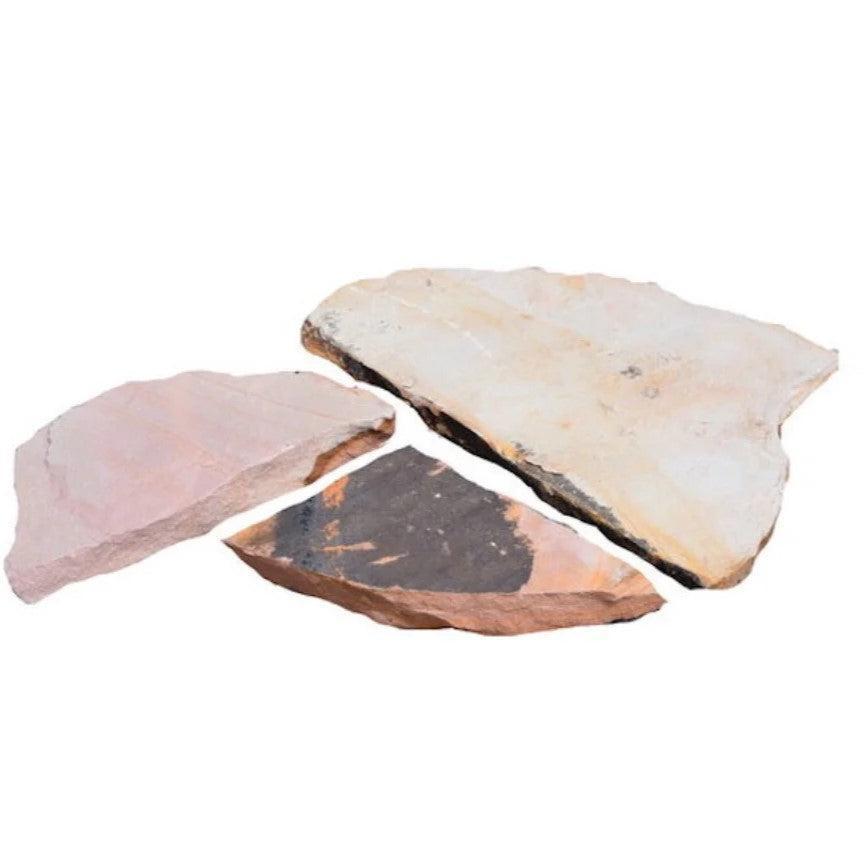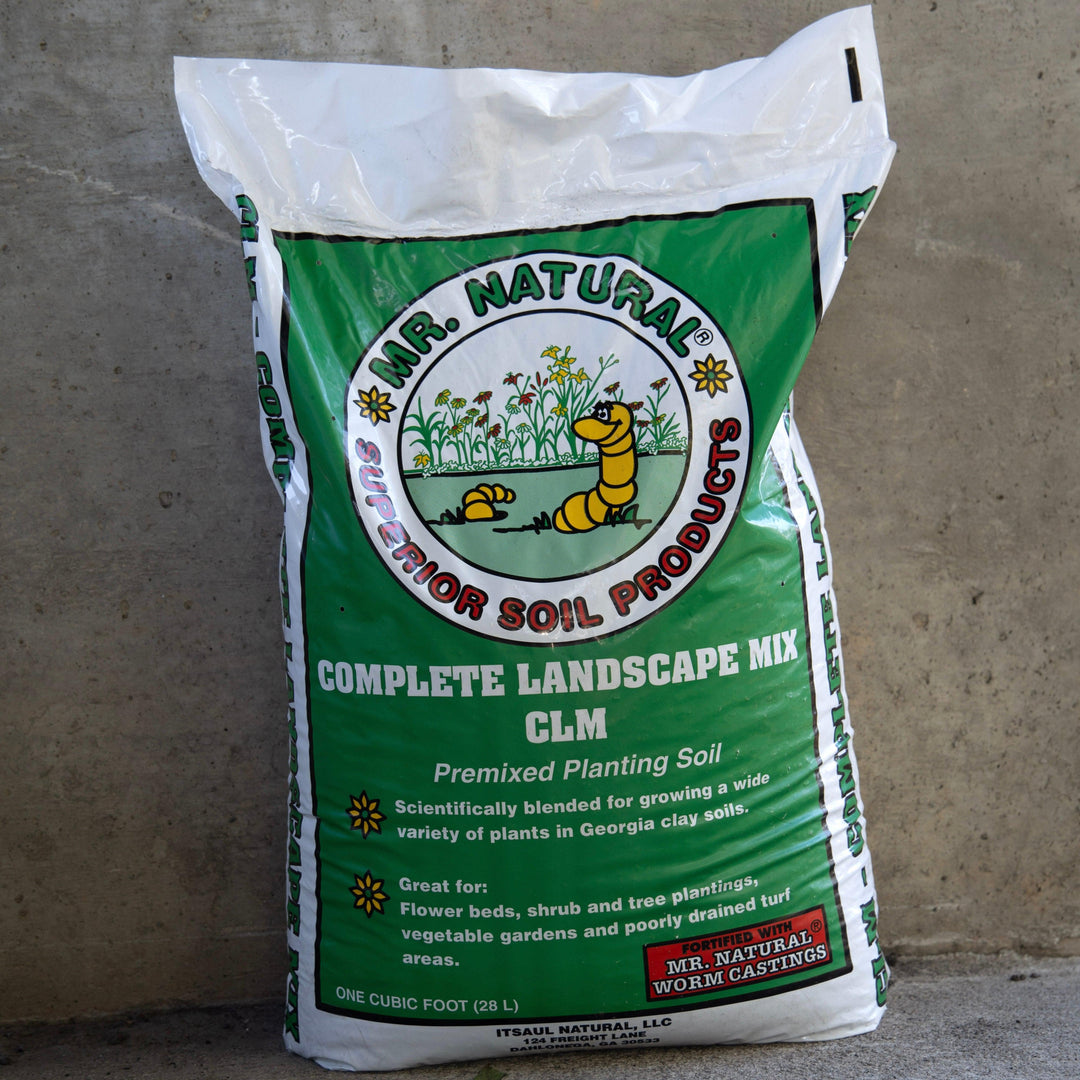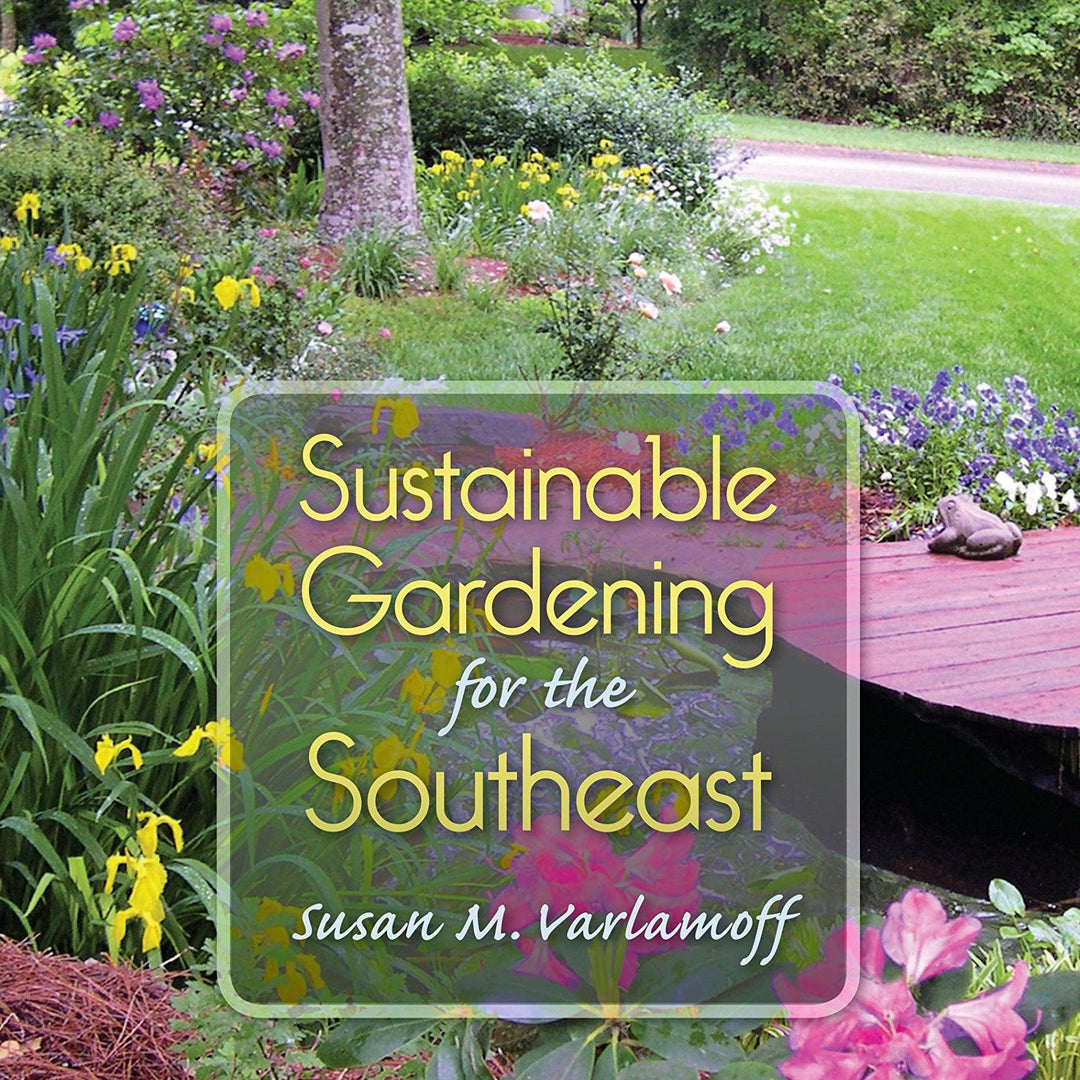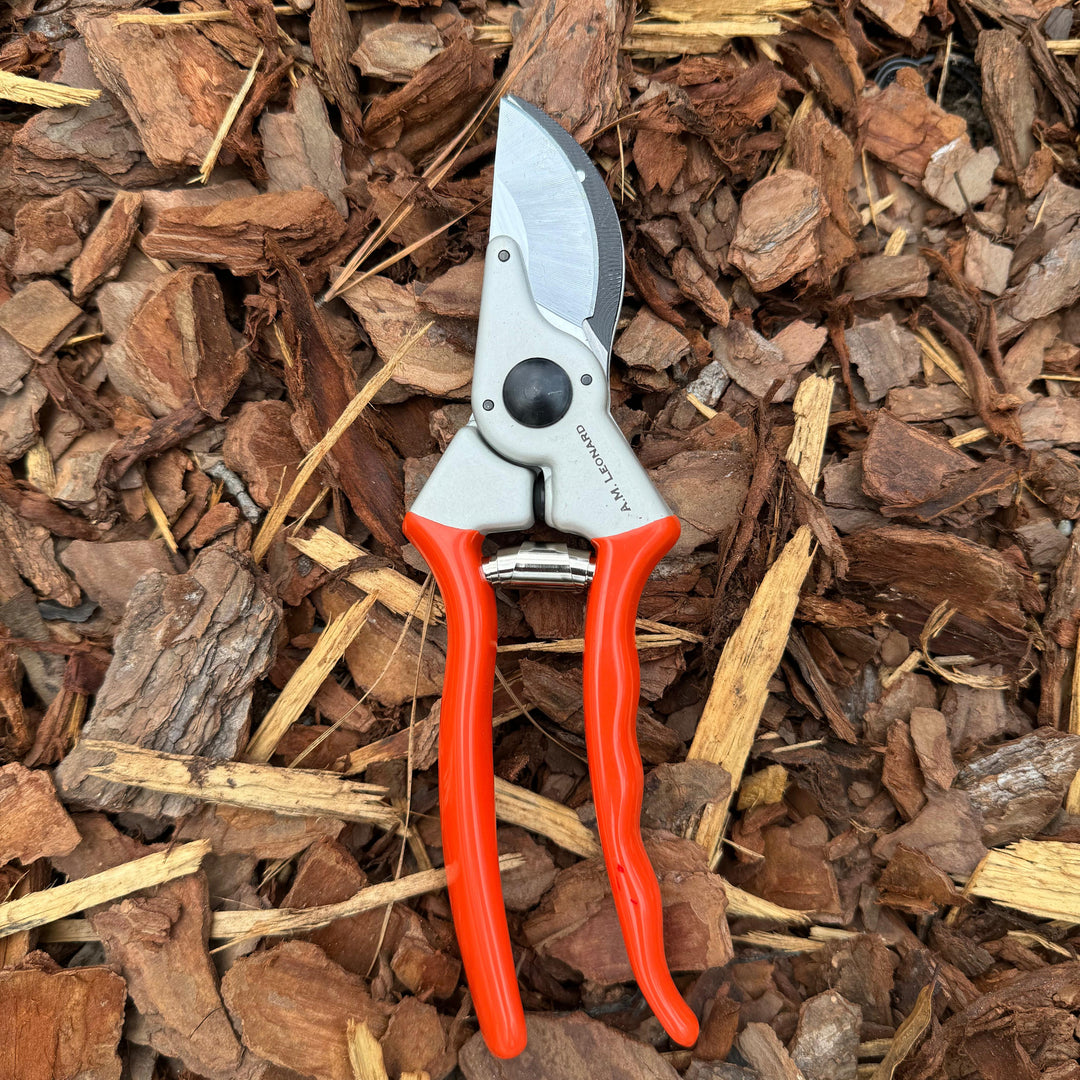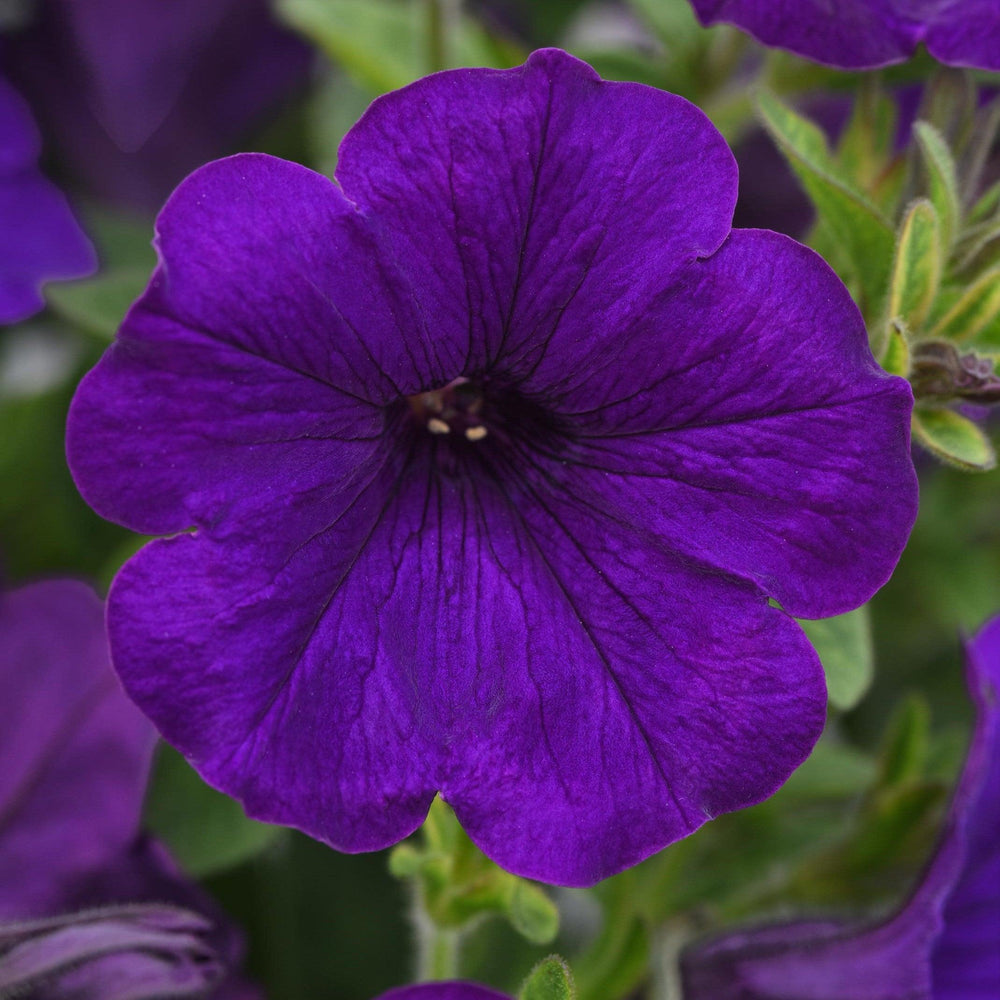Osmanthus: Fragrant Beauties for Your Garden
Osmanthus, commonly known as sweet olive or tea olive, is a group of evergreen shrubs and small trees celebrated for their intoxicatingly sweet fragrance and stunning foliage. These versatile plants add a touch of elegance to any garden with their lush, dark green leaves and clusters of small, tubular blossoms that emit a delightful aroma. In this comprehensive guide, we'll delve into the world of Osmanthus, explore different species and cultivars, and provide you with expert insights on their care.
Why Opt for Osmanthus in Your Garden?
- Aromatic Bliss: Osmanthus is renowned for its enchanting fragrance. The sweet, apricot-like scent of its flowers can perfume your garden and even your home when used in floral arrangements.
- Year-round Beauty: With glossy, evergreen foliage, Osmanthus retains its charm throughout the year, providing structure and color even in winter.
- Versatile Landscape Plant: Osmanthus adapts well to various garden styles, from formal hedges to informal mixed borders, and can be used as both a specimen plant and a screening hedge.
- Low Maintenance: These plants are generally easy to care for, requiring minimal pruning and attention.

Common Osmanthus Groups:
Osmanthus fragrans (Sweet Olive):
- Size: Sweet Olive can grow up to 10-15 feet in height and width.
- Characteristics: Sweet Olive boasts clusters of small, highly fragrant flowers in white or orange. It's well-known for its strong, delightful scent.
Osmanthus heterophyllus (False Holly):
- Size: Typically reaches heights of 6-10 feet.
- Characteristics: Holly Osmanthus features spiny, holly-like leaves and small, fragrant flowers. It's a great choice for adding texture.
Osmanthus x fortunei (Fortune's Osmanthus):
- Size: Typically reaches heights of 15-20 feet.
- Characteristics: Fortune's Osmanthus is known for its glossy, dark green leaves and small, highly fragrant white flowers that bloom in autumn. It's an excellent choice for hedges or privacy screens due to its dense growth habit.

Popular Osmanthus Cultivars for Your Garden:
- Osmanthus fragrans 'Fudingzhu' (Fudingzhu Sweet Olive): This cultivar is known for its particularly sweet fragrance and compact growth, making it perfect for small gardens.
- Osmanthus fragrans 'Aurantiacus' (Orange Sweet Olive): This variety showcases orange-scented flowers, adding a unique twist to your garden's aroma.
- Osmanthus heterophyllus 'Goshiki' (Goshiki False Holly): 'Goshiki' is prized for its variegated leaves, which display shades of green, yellow, and pink, providing year-round interest.
- Osmanthus fragrans aurantiacus 'Apricot Echo' (Apricot Echo Tea Olive): 'Apricot Echo' dazzles with apricot-scented flowers, adding a unique twist to your garden's fragrance.
- Osmanthus heterophyllus 'sPg-3-021' (Party Lights False Holly): This cultivar features variegated leaves that resemble flickering lights, bringing a festive ambiance to your garden.
- Osmanthus x fortunei 'Carl Wheeler' (Carl Wheeler Fortune’s Osmanthus): 'Carl Wheeler' offers a powerful sweet fragrance and attractive dark green foliage.
- Osmanthus x fortunei 'Fruitlandii' (Fruitland Fortune’s Osmanthus): 'Fruitlandii' is prized for its abundant blossoms and exceptional fragrance, resembling the scent of ripe apricots.

Osmanthus Care Guide:
- Sunlight: Most Osmanthus species thrive in full sun to partial shade.
- Soil: Well-draining soil is essential. Osmanthus adapts to a variety of soil types.
- Watering: Regular watering, especially during the establishment period, is important. Once established, Osmanthus is moderately drought-tolerant.
- Pruning: Prune as needed to shape and remove dead or damaged branches. Spring is a suitable time for pruning.
- Fertilization: Apply a balanced, slow-release fertilizer in spring to promote healthy growth.
- Pest and Disease Control: Osmanthus is generally pest and disease resistant, but watch for aphids and scale insects.
By choosing Osmanthus for your garden, you're not only adding visual charm but also a delightful fragrance that will enchant your senses. Explore the diverse range of species and cultivars, and select the ones that best suit your garden's style and climate for years of fragrant enjoyment.

